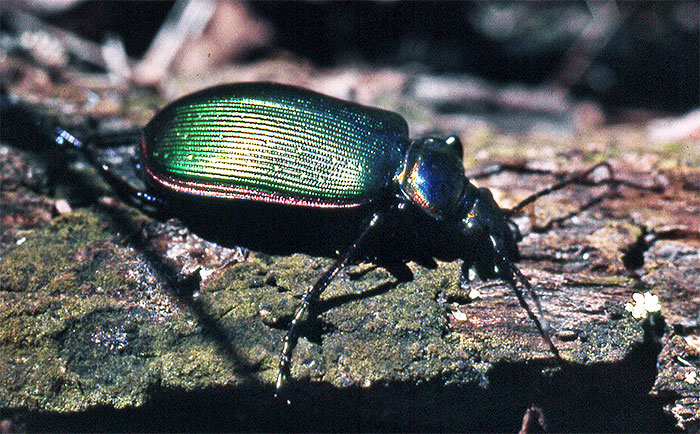Perfectly-preserved ‘bog beetles’ nearly as old as Egypt’s pyramids

A pristine pair of ancient beetles were discovered in the Museum collection. They date back nearly 4,000 years.
The oak capricorn beetles (Cerambyx) were found in a piece of wood that had been submerged in a peat bog. It was found by a farmer in East Anglia in the 1970s and donated to the Museum.
It was thought that this species never existed in the UK, so the pair remained a small mystery until now.

Tiny samples of both the beetles and wood were recently sent off for radiocarbon dating, which placed their age at 3,785 years old. So, rather than a species new to the UK, these beetles may once have been once endemic to the British Isles, but have since been extinct for thousands of years.
Max Barclay, Curator of Beetles at the Museum, says, ‘These beetles are older than the Tudors, older than the Roman occupation of Britain, even older than the Roman Empire. These beetles were alive and chewing the inside of that piece of wood when the pharaohs were building the pyramids in Egypt. It is tremendously exciting.’
He believes oak capricorn beetles which exist today in southern and central Europe may have died out in Britain due to climate change.
He says, ‘This is a beetle that is associated with warmer climates. Possibly it existed in Britain 4,000 years ago because the climate was warmer, and as the climate cooled and the habitats destroyed, it became extinct. Now, with global warming, there are indications that it could return to Britain in the future.
‘It is quite extraordinary to hold something in your hand that looks like it was collected yesterday but is actually several millennia old and can provide new insight into the weather and forest conditions in the Late Bronze Age. This pair of beetles provide a window into the ancient past and as well as hinting at what climate change holds for the future.’

